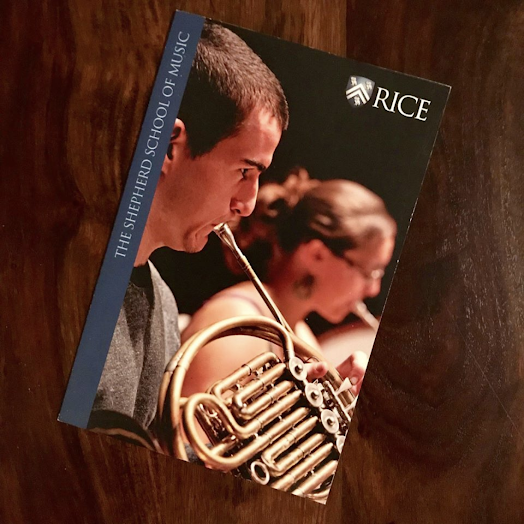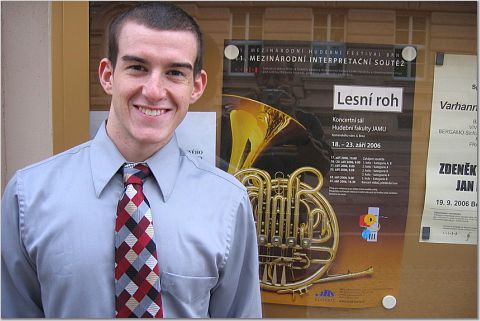To make art, you first have to know your craft.
That’s why it’s important to cultivate structure and spontaneity when trying to get your creative juices flowing. When you have a vision, and you know how to go about bringing that vision to life, you’ll synthesize new connections, start thinking creatively, and bring more of your wild ideas to fruition.
For me, I didn’t really appreciate the importance of “systems for creativity” until I went to music school. Studying classical music taught me how to focus deeply on fundamentals, the building blocks of a craft that make artistic expression possible in whatever medium you choose. If you want to bring forth your best ideas in your own work, you’ll need both inspiration and perspiration to make it happen.
Here are some strategies for how to generate creative ideas consistently.
Table of Contents
How Creative Thinking Leads to New Ideas
At its core, creativity is often about bringing a fresh perspective to existing problems or challenges. Divergent thinking is valuable in today’s competitive landscape; if you can bring original ideas to the table in your industry, you’ll stand out.
As it turns out, creative potential is pretty lucrative, too. An IBM study conducted in 2010 found that 60% of CEOs considered creativity to be the most valuable leadership skill. Integrity came in second, at 52%, and global thinking was third at a distant 35%. Business often involves creative problem solving and solution focus.
Cultivate your creativity at all costs. Here are 10 techniques to help shake things loose.
How to Be More Creative: 10 Techniques to Consider
No. 1: Work on the "Nuts and Bolts"
Back in my French horn-playing days, my mentor would have us work on what he called “nuts and bolts.” These are your fundamentals. For French horn, fundamentals were divided into four categories:
- Long tones: Exercises to develop good tone quality.
- Intervals: The practice of moving from one note to another note.
- Patterns: Working on the patterns that most often showed up in sheet music.
- Miscellaneous drills: Random stuff you still have to know on your instrument.
The truth is that creative projects aren’t always interesting. Sometimes a creative project involves a lot of drudgery and chipping away. Find joy in the process of creating art and you’ll have an easier time with it.
Apply this nuts and bolts concept to whatever you like. For example, within the skill of writing, I can study headlines, lead writing, SEO, copywriting, pitching, and a host of other nuances, all of which make me a better, more focused writer. When you have the nuts of bolts of your skill set locked in, everything becomes much easier.

No. 2: Do Something Analog
Your left brain is the side of your brain responsible for creative thoughts. But you generally want to keep your brain balanced and have a variety of stimuli throughout the day so you don’t get fatigued. Pepper in activities that do not involve a screen to balance out your brain.
Try exercising regularly, or look into a hobby that involves your hands and craftsmanship. Even just going for a walk can be enough of a break from screens to get out of a creative rut.
No. 3: Manage Your Repertoire
At any given time, music school students are juggling a ton of repertoire. You have to know your orchestra and chamber music parts, your audition solos and excerpts, études, and recital music.
But only ever working on repertoire can become a trap. You’ll get straight A’s, but not actually improve much in the things that truly matter.
For example, I practiced the same Mozart concerto for four years before auditioning for music schools. I knew that concerto like the back of my hand, but since I had spent so much time working on this one piece, I hadn’t spent much time developing the skill of light, gentle brass playing in general, which is key to playing Mozart well.
When I arrived at music school, I promptly got my butt kicked by players with better fundamentals who had focused on knowing the music and developing mastery.
The same holds true for your career. While clients or job deliverables are obviously a high priority, it’s important to not forget about developing yourself. Budget time to know and own your current repertoire, but don’t let it completely consume you, either.

No. 4: Relieve Stress
Easier said than done, I know. If you’re burned out, though, tasks that normally would take minutes will start taking hours, and it can be difficult to tell you’re in a death spiral. Try to take frequent breaks or time off so you can rest your brain and boost creativity.
Also measure how much time tasks take. This can help you avoid overextending yourself, especially if you’re a consultant or service provider and take on client work.
No. 5: Embrace Experimentation
Creativity thrives when we give ourselves permission to embrace experimentation and exploration. This principle is deeply ingrained in the music school experience, where students are encouraged to explore different genres and styles. Similarly, in our own pursuits, we should be open to trying new approaches, stepping outside our comfort zones, and exploring different perspectives.
No. 6: Find Creative Hobbies
Don’t work all the time. Seek out creative pursuits in your life.
Learning a new language or skill can help you ignite your inner creativity and find joy in personal development. We’re actually wired to enjoy personal development, because the body’s reward systems want to incentivize seeking out new information in order to increase our chances of survival.
No. 7: Join a Book Club
Consume something that is not related to your industry. Then talk to people about it. Let yourself be intellectually stimulated by a new environment. When you push yourself out of your comfort zone periodically, you’ll be more inclined to try new approaches in your thought process, too.
No. 8: Incorporate a "Fun Session"
Your love of your craft is paramount. The moment resentment creeps in, your productivity plummets, both in time invested and quality of work.
In music school, my mentor taught us to do one “fun session“ a day. This session was so important that we were advised to prioritize this session first if we only had time to fit in one practice session per day. I can still play Lady Gaga’s Fame Monster album front-to-back in any key signature, a byproduct of several well-spent fun sessions.
The same holds true for any craft you’re looking to improve on and master. If you don’t keep your fire burning bright, the time, energy, and money you’ve invested in your pursuit will go down the drain. Avoid resentment at all costs; the way to do this is to bring in fun and passion.
No. 9: Consume High-Quality Media
Watching funny content or reading inspirational stories can be a great way to get a new perspective and just give yourself a break. Throw on a documentary or a TED talk, or use social media intentionally to interesting new accounts from other creative people.
No. 10: Listen to Music
Creative people often listen to music to help them drop into a flow state. Many people say they listen to the same song over and over again to give more of a background noise effect. If you find it challenging to get into the zone, give this one a try. I listen to brown noise tracks on Spotify to have ambient background audio when it’s time to work.
Frequently Asked Questions
What Are Some Ways to Produce More Creative Ideas?
Look for ways to fuse ideas or make new connections in interesting ways. Often, it’s not the ideas that are new, but rather the way they integrate with one another that gets creativity flowing.
Can I Teach Myself to Be Creative?
To cultivate creative skills, start spending time exploring or experimenting with new ideas. Also continue to master your craft; often, developing fluency makes you more facile and lets you riff on a creative pursuit.
How Do I Train Myself to Be More Creative?
- Develop a creative network of stimuli and people.
- Study the creative mind.
- Read stories about innovative people.
- If you’re feeling stuck, do something different.
- Capture great ideas in the moment.
Be a More Creative Person Today
Although creativity often evokes images of free-spirited spontaneity, it is important to recognize that discipline and consistency play an equally significant role in the creative process.
Set aside dedicated time, maintain consistent routines, and develop a strong work ethic to harness your creative energies effectively. ◆
Thanks For Reading 🙏🏼
Keep up the momentum with one or more of these next steps:
📣 Share this post with your network or a friend. Sharing helps spread the word, and posts are formatted to be both easy to read and easy to curate – you'll look savvy and informed.
📲 Hang out with me on another platform. I'm active on Medium, Instagram, and LinkedIn – if you're on any of those, say hello.
📬 Sign up for my free email list. This is where my best, most exclusive and most valuable content gets published. Use any of the signup boxes on the site.
🏕 Up your writing game. Camp Wordsmith® is a content marketing strategy program for small business owners, service providers, and online professionals. Learn more here.
📊 Hire me for consulting. I provide 1-on-1 consultations through my company, Hefty Media Group. We're a certified diversity supplier with the National Gay & Lesbian Chamber of Commerce. Learn more here.


